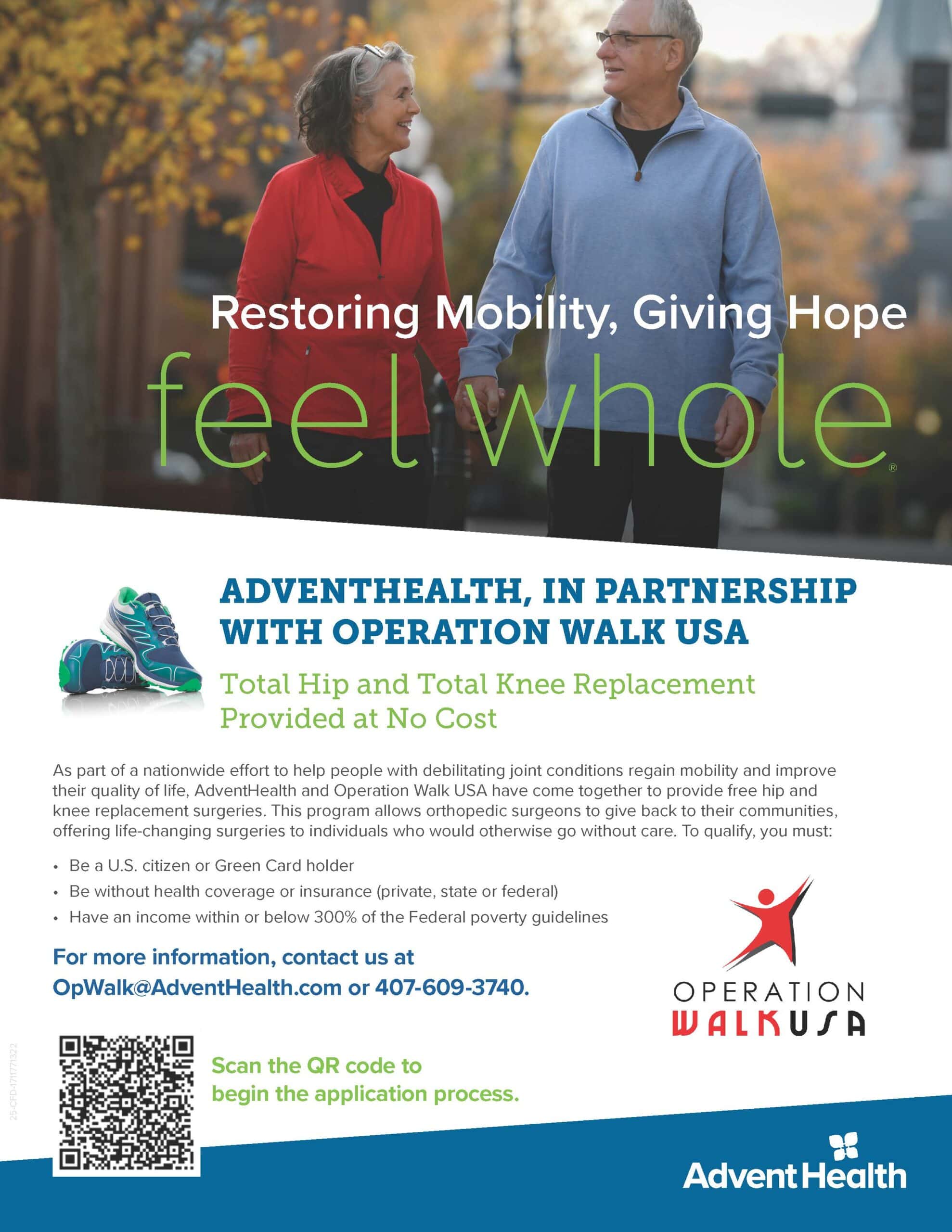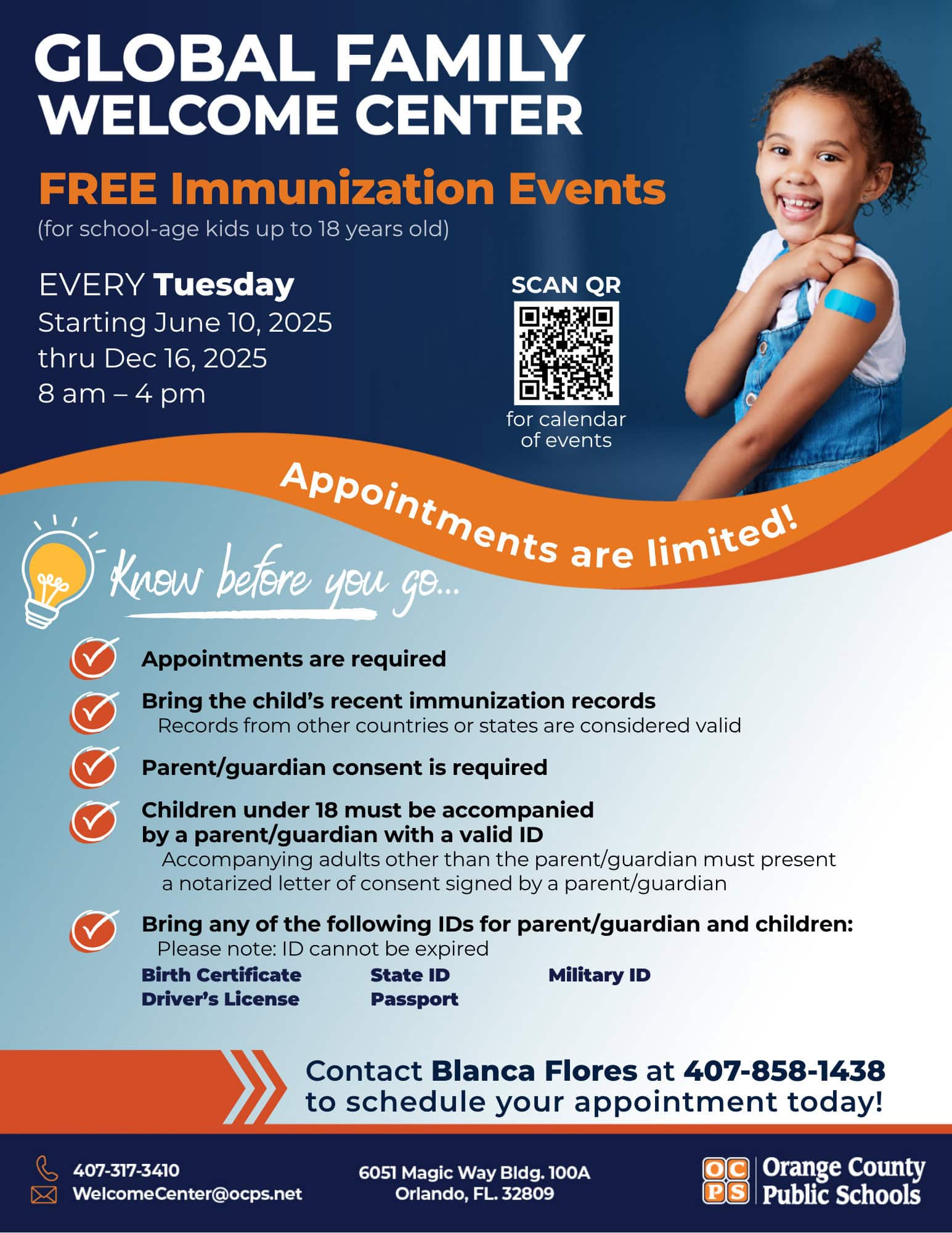15 Common Health Concerns for Seniors

Ensuring Healthier Years to Come…
People in America today can expect to live longer than ever before. Once you make it to 65, the data suggest that you can live another 19.3 years, on average. For many, then, senior living includes carefully managing chronic conditions to stay healthy. “You need to be physically active and eat a healthy diet,” and also make healthy lifestyle choices, like quitting smoking and losing weight, to avoid senior health risks, explains Jeanne Wei, MD, director of the Reynolds Institute on Aging at the University of Arkansas Medical School in Little Rock. Also, including a geriatrician, a doctor who specializes in the health concerns of aging, on your senior health care team can help older adults learn how to live better with any chronic diseases. Then you too can be among the 41 percent of people over 65 who say their health is very good or excellent.
Getting older can bring health challenges. By being aware of common chronic conditions, you can take steps to stave off disease as you age to ensure that you live a healthier and more active lifestyle as you age. We compiled 15 of the most common health concerns for seniors.
1. ARTHRITIS
“Arthritis is probably the number one condition that people 65 or older contend with,” said geriatrician Marie Bernard, MD, deputy director of the National Institute on Aging in Bethesda, Maryland. It affects 49.7 percent of all adults over 65 and can lead to pain and lower quality of life for some seniors. Although arthritis can discourage you from being active, it’s important to work with your doctor to develop a personalized activity plan that, along with other treatment, can help maintain senior health.
2. HEART DISEASE
According to the U.S. Centers for Disease Control and Prevention (CDC), heart disease remains the leading killer of adults over age 65, accounting for 488,156 deaths in 2013, the most recent statistics. As a chronic condition, heart disease affects 37 percent of men and 26 percent of women 65 and older. As people age, they’re increasingly living with risk factors, such as high blood pressure and high cholesterol, that increase the chances of having a stroke or developing heart disease. Dr. Bernard’s advice for addressing this senior health risk not only helps with heart disease but can improve senior health across the board: “Exercise, eat well, get a good night’s rest. Eating well means eating in a fashion that will allow you to keep a healthy weight with a well-balanced and healthy diet.”
3. CANCER
Cancer is the second leading cause of death among people over age 65, with 407,558 deaths in 2013. According to the CDC, 28 percent of men and 21 percent of women over age 65 are living with cancer. If caught early through screenings such as mammograms, colonoscopies, and skin checks, many types of cancer are treatable. And though you’re not always able to prevent cancer, you can improve quality of life as a senior living with cancer, including during treatment, by working with your medical team and maintaining their healthy senior living recommendations.
4. RESPIRATORY DISEASES
Chronic lower respiratory diseases, such as COPD, are the third most common cause of death among people 65 and older, annually taking 127,194 lives. About 10 percent of men and 13 percent of women are living with asthma, and another 10 percent of men and 11 percent of women are living with chronic bronchitis or emphysema, according to the CDC. Although having a chronic respiratory disease increases senior health risks, making you more vulnerable to infections such as pneumonia, getting lung function tests and taking the correct medications or using oxygen as instructed will go a long way toward preserving senior health and your quality of life.
5. ALZHEIMER’S DISEASE
Alzheimer’s disease accounted for 83,786 deaths of people over age 65 in 2013, according to the CDC. The Alzheimer’s Association reports that one in nine people age 65 and older, which is about 11 percent, live with Alzheimer’s disease, but because diagnosis is challenging, it’s difficult to know exactly how many people are living with this chronic condition. However, experts acknowledge that cognitive impairment has a significant impact on senior health across the spectrum, from issues of safety and self-care to the cost burden of care in the home or a residential facility.
6. OSTEOPOROSIS
“Osteoporosis can contribute to becoming less mobile and potentially disabled should you fall and have a fracture or as the collapse of vertebral bodies,” Bernard said. The National Osteoporosis Foundation estimates that 54 million Americans over the age 50 are affected by low bone mass or osteoporosis, putting them at risk for a fracture or break that could lead to poor senior health and reduced quality of life. What’s more: They estimate that by the year 2020 that number will rise to 64.4 million.
7. DIABETES
About 24 percent of men and 18 percent of women older than 65 are living with diabetes, a significant senior health risk. According to CDC data, diabetes caused 53,751 deaths among adults over age 65 in 2013. Diabetes can be identified and addressed early with simple blood tests for blood sugar levels. The sooner you know that you have or are at risk for diabetes, the sooner you can start making changes to control the disease and improve your long-term senior health outlook.
8. INFLUENZA & PNEUMONIA
Although the flu and pneumonia are not chronic conditions, these infections are among the top seven causes of death in people over age 65, just behind diabetes. Seniors are more vulnerable to these diseases and less able to fight them off. Senior health care recommendations include getting an annual flu shot and getting the pneumonia vaccine if recommended by your doctor to prevent these infections and their life-threatening complications.
9. FALLS
The risk for falls requiring emergency room care increases with age In 2013, 473 per 10,000 men and 767.2 per 10,000 women found themselves at the hospital because of falls, data from the CDC shows. That is more than any other age group.. And, one-third of people who go to the emergency department for a fall may find themselves there again in one year, reports an August 2015 study published in the American Journal of Emergency Medicine. Be aware: most falls occur in the home, where tripping hazards include area rugs and slippery bathroom floors, according to a 2013 Journal of Injury and Violence Research study.
10. SUBSTANCE ABUSE
An analysis of data from the National Epidemiologic Survey of Alcohol and Related Conditions suggests that one in five people over 65 have had a substance or alcohol abuse problem at some point in their lives. Alcohol and tobacco topped the list of nonmedical substances abused by survey participants. Substance and alcohol abuse are a concern for senior health because of possible interactions with prescription medications, their impact on overall health, and the increased senior health risks, such as falls, associated with intoxication.
11. OBESITY
Obesity is an important senior health risk factor for heart disease, diabetes, and cancer — chronic conditions that impact quality of life. As the numbers on the scale increase, so does the risk for disease. Of the adults between 65 and 74, 76.9 percent of men and 73.8 percent of women are overweight—meaning that their body mass index is greater than or equal to 25. It can also be a signal that an older adult isn’t as active or mobile as he or she once was.
12. DEPRESSION
According to the American Psychological Association, 15 to 20 percent of Americans over 65 have experienced depression, a threat to senior health Depression can lower immunity and can compromise a person’s ability to fight infections. In addition to treatment with medication and therapy to improve mood, possible solutions to improve senior living might be to increase physical activity — 59.4 percent of adults 65 and older do not meet national recommendations for exercise — or to interact more socially — seniors report spending just 8 to 11 percent of their free time with family and friends.
13. ORAL HEALTH
Healthy teeth and gums are important not just for a pretty smile and easy eating, but also for overall senior health. According to the CDC, 25 percent of adults over 65 have no natural teeth. As you age, your mouth tends to become dryer and cavities are more difficult to prevent, so proper oral health care, including regular dental checkups, should be a senior health care priority, Dr. Wei said.
14. POVERTY
In 2013, 45 percent of adults ages 65 and older had incomes below the poverty level, according to a 2015 Kaiser Family Foundation report. This number takes into account: available financial resources, including liabilities such as taxes, value benefits such as food stamps, out-of-pocket medical expenses, geographic variations in housing expenses, and other factors. Older women are slightly more likely than men to be living in poverty, however; that gap widens in those over 80. Single older adults are also significantly more likely to live alone with fewer resources. Poverty affects senior health if you’re unable to afford doctor visits, medication for chronic conditions, and other essential senior health care needs.
15. SHINGLES
Remember that bout of chicken pox you had as a kid? It comes back as shingles as an adult: one out of three people over 60 will get it. The National Institutes of Health say that 50 percent of all American will experience shingles before they are 80. It usually affects only one side of your body and starts out with severe pain or tingling, and then develops into an itchy rash and possibly blisters. There is a vaccine available, so talk to your doctor about it.
Download this helpful Active Aging Guide from Orange County for additional information.
Share this Post
Never Miss an Update
you might also like
There is nothing worse than a toothache, am I right?? Oral health is very important for overall health and wellbeing, at every age!













